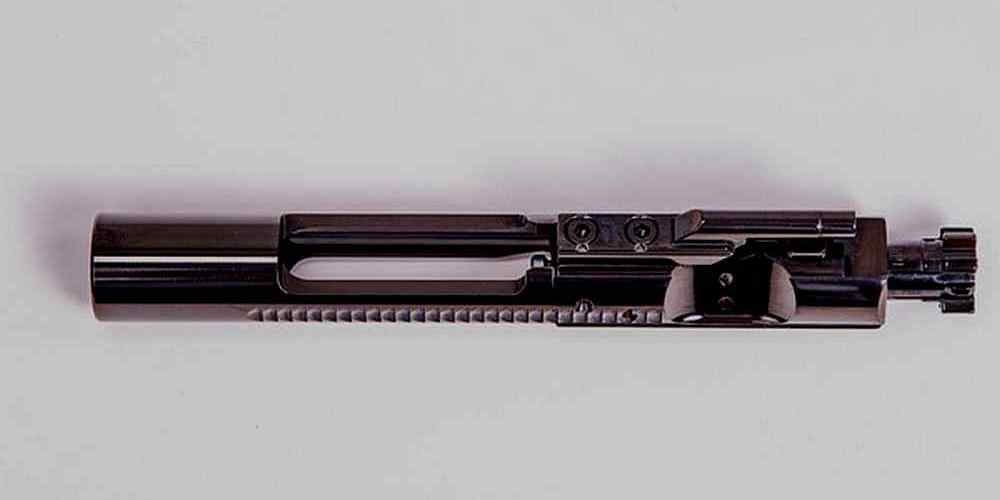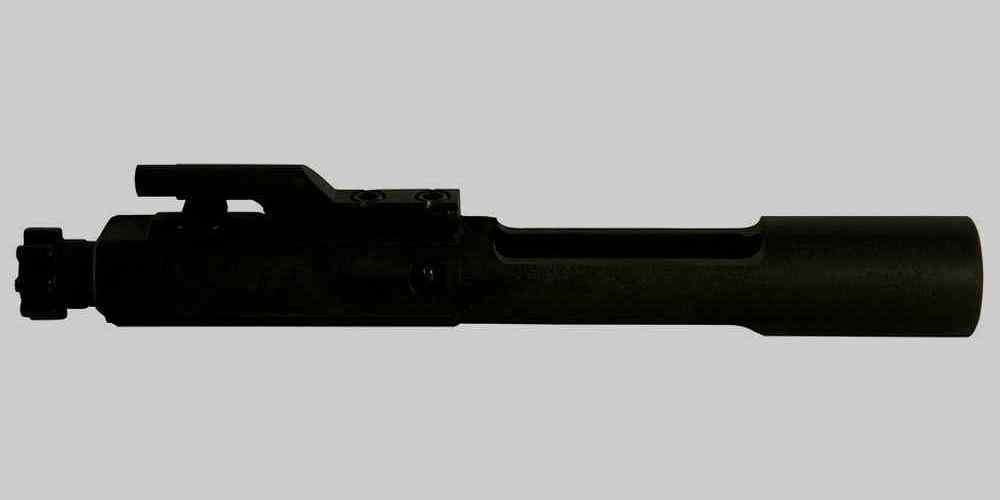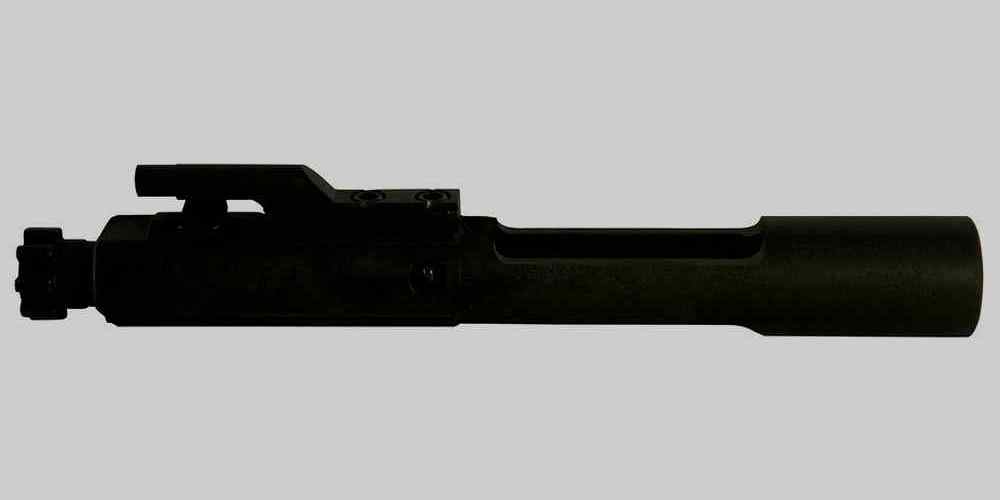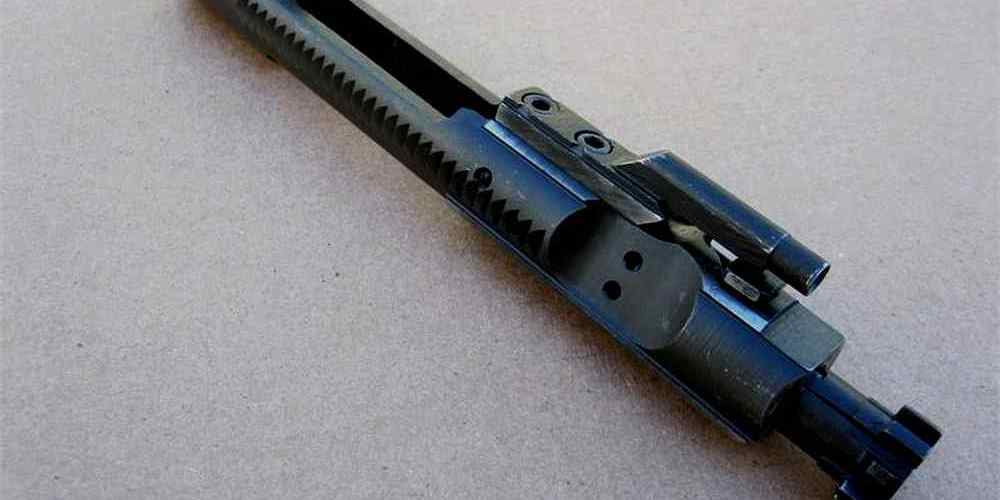“Troubleshooting Cycling Issues: Don’t forget to check the BCG”
Common Cycling Problems and How to Fix Them
Cycling is a popular form of exercise and transportation for many people around the world. However, like any form of physical activity, cycling can come with its fair share of challenges. From flat tires to chain issues, there are a variety of problems that cyclists may encounter while out on the road. One common issue that cyclists may face is trouble with their bike’s Bottom Bracket, or BCG.
The Bottom Bracket is a crucial component of a bike’s drivetrain system, connecting the crankset to the frame of the bike. When the Bottom Bracket is not functioning properly, it can cause a variety of issues that can make cycling difficult or even dangerous. Some common signs that your Bottom Bracket may be the culprit of your cycling woes include a clicking or grinding noise when pedaling, a wobbly or loose feeling in the crankset, or difficulty shifting gears smoothly.
If you are experiencing any of these issues, it may be time to take a closer look at your Bottom Bracket. One common problem that cyclists may encounter with their Bottom Bracket is a lack of proper lubrication. Over time, the bearings in the Bottom Bracket can become dry and worn, leading to increased friction and a rough feeling when pedaling. To fix this issue, simply remove the crankset and apply a generous amount of grease to the bearings. This will help to reduce friction and ensure that your Bottom Bracket is running smoothly.
Another common issue that cyclists may face with their Bottom Bracket is a loose or improperly installed Bottom Bracket. If the Bottom Bracket is not properly tightened, it can cause the crankset to wobble or shift while pedaling, leading to a less efficient ride. To fix this issue, simply use a Bottom Bracket tool to tighten the Bottom Bracket to the manufacturer’s specifications. This will help to ensure that the Bottom Bracket is secure and properly aligned, allowing for a smoother ride.
In some cases, a worn or damaged Bottom Bracket may be the cause of your cycling issues. If you notice any signs of wear or damage on your Bottom Bracket, such as rust, corrosion, or visible cracks, it may be time to replace the Bottom Bracket altogether. While this may seem like a daunting task, replacing a Bottom Bracket is a relatively simple process that can be done at home with the right tools and a bit of know-how.
Overall, troubleshooting cycling issues can be a frustrating experience, but with a bit of patience and know-how, many common problems can be easily fixed. By paying attention to the signs that your Bottom Bracket may be the culprit of your cycling issues, you can ensure that your bike is running smoothly and efficiently. Whether it’s a lack of lubrication, a loose Bottom Bracket, or a worn Bottom Bracket, taking the time to properly maintain and care for your Bottom Bracket can help to ensure that your cycling experience is as enjoyable as possible.
Signs Your Bicycle Chain Needs Replacing
If you’re an avid cyclist, you know how important it is to keep your bike in top condition. One of the most crucial components of your bike is the bicycle chain. It plays a vital role in transferring power from your pedals to the wheels, so it’s essential to keep it well-maintained. Over time, your bicycle chain can wear out and develop issues that can affect your ride quality. In this article, we’ll discuss some signs that indicate your bicycle chain may need replacing.
One of the most common signs that your bicycle chain needs replacing is excessive wear. As you ride your bike, the chain undergoes a lot of stress and can stretch out over time. You can check for wear by measuring the chain with a chain wear indicator tool. If the chain has stretched beyond the recommended limit, it’s time to replace it. Riding with a worn-out chain can cause damage to other components of your bike, so it’s best to address the issue promptly.
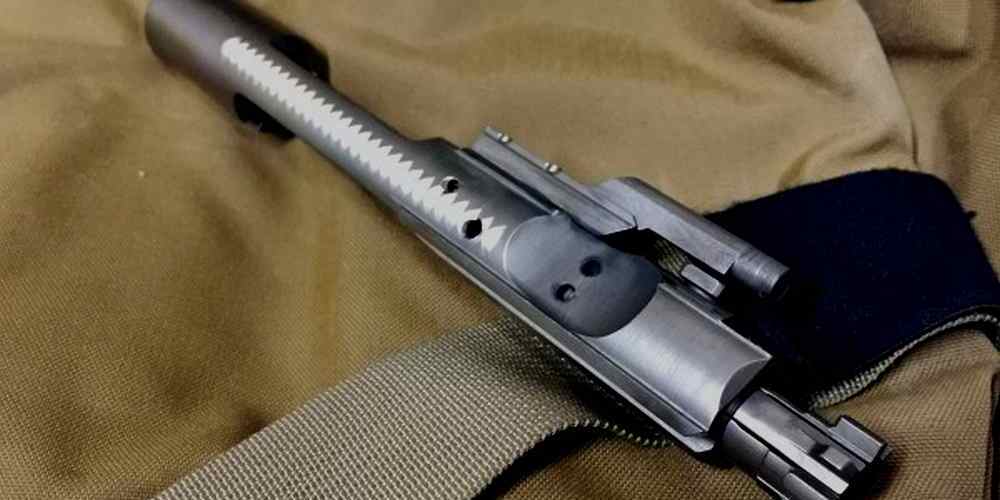
Another sign that your bicycle chain needs replacing is skipping or slipping gears. If you notice that your chain is not engaging properly with the gears, it could be a sign that the chain is worn out. This can be particularly dangerous when riding uphill or in traffic, as it can cause you to lose control of your bike. If you experience skipping or slipping gears, it’s best to stop riding and inspect your chain for wear.
A noisy chain is also a sign that it may need replacing. A well-maintained chain should run smoothly and quietly. If you hear a lot of noise coming from your chain while riding, it could be an indication that it’s worn out or not properly lubricated. Ignoring a noisy chain can lead to further damage to your bike’s drivetrain, so it’s important to address the issue as soon as possible.
If you notice rust or corrosion on your bicycle chain, it’s a clear sign that it needs replacing. Rust can weaken the chain and cause it to break unexpectedly while riding. It can also cause damage to other components of your bike, such as the cassette and chainrings. To prevent rust from forming, it’s essential to keep your chain clean and well-lubricated. If you notice rust on your chain, it’s best to replace it before it causes further damage.
In conclusion, there are several signs that indicate your bicycle chain may need replacing. Excessive wear, skipping or slipping gears, noisy operation, and rust are all indicators that it’s time to invest in a new chain. Keeping your chain well-maintained is essential for a smooth and safe ride. If you notice any of these signs, don’t hesitate to replace your chain to prevent further damage to your bike. By staying on top of your bike maintenance, you can enjoy many more miles of trouble-free cycling.
Troubleshooting Gear Shifting Issues
Cycling is a great way to stay active and enjoy the outdoors, but sometimes issues can arise with your bike that can be frustrating to deal with. One common problem that many cyclists encounter is gear shifting issues. When your bike isn’t shifting smoothly or is skipping gears, it can make for a less enjoyable ride. While there are many potential causes for gear shifting problems, one component that is often to blame is the rear derailleur’s barrel adjuster, also known as the B-tension adjustment screw.
The B-tension adjustment screw is a small screw located on the rear derailleur that controls the distance between the upper jockey wheel and the cassette. This distance is crucial for smooth and accurate gear shifting. If the B-tension is set too high or too low, it can cause the chain to skip gears or not shift at all. Fortunately, adjusting the B-tension is a relatively simple fix that can often solve gear shifting issues.
To adjust the B-tension, start by shifting your bike into the smallest chainring and smallest cog on the cassette. This will give you the most slack in the chain and make it easier to access the B-tension screw. Using a screwdriver, turn the B-tension screw clockwise to increase the tension or counterclockwise to decrease it. Make small adjustments and test the shifting after each one until you find the sweet spot where the gears shift smoothly and accurately.
If adjusting the B-tension doesn’t solve your gear shifting problems, there may be other issues at play. One common cause of poor shifting is a dirty or worn chain. Over time, dirt and grime can build up on the chain, causing it to skip gears or not shift smoothly. Regularly cleaning and lubricating your chain can help prevent these issues. If your chain is worn, it may need to be replaced.
Another potential cause of gear shifting issues is a misaligned derailleur hanger. The derailleur hanger is a small piece of metal that attaches the rear derailleur to the frame of the bike. If it becomes bent or misaligned, it can cause the gears to shift poorly. A bike shop can easily realign or replace the derailleur hanger if needed.
In some cases, gear shifting problems may be due to a worn cassette or chainrings. The teeth on these components can wear down over time, causing the chain to slip or skip gears. If you notice that your gears are skipping under load or if the chain is jumping between gears, it may be time to replace the cassette or chainrings.
Overall, gear shifting issues can be frustrating to deal with, but with a little troubleshooting, you can often pinpoint the cause and make the necessary adjustments to get your bike shifting smoothly again. The B-tension adjustment screw is a common culprit for gear shifting problems, so start by checking and adjusting this component. If that doesn’t solve the issue, consider other potential causes such as a dirty chain, misaligned derailleur hanger, or worn cassette and chainrings. By taking the time to properly maintain and troubleshoot your bike, you can enjoy a smooth and trouble-free ride every time.
Dealing with Brake Problems on Your Bike
Cycling is a great way to stay active and enjoy the outdoors, but like any form of transportation, bikes can experience mechanical issues from time to time. One common problem that cyclists encounter is brake issues. When your brakes aren’t working properly, it can be frustrating and even dangerous. In this article, we’ll discuss some common brake problems that cyclists face and how to troubleshoot them.
One of the first things to check when you’re experiencing brake issues is the brake caliper. The brake caliper is the part of the brake system that holds the brake pads and applies pressure to the wheel rim or disc to slow down or stop the bike. If your brakes feel spongy or aren’t engaging properly, it could be due to a problem with the brake caliper. Check to make sure that the caliper is properly aligned and that the brake pads are making full contact with the wheel rim or disc.
Another common issue that cyclists face is brake pad wear. Over time, brake pads can become worn down and lose their effectiveness. If you notice that your brakes are squealing or not stopping as quickly as they used to, it may be time to replace the brake pads. Inspect the brake pads for signs of wear and tear, and replace them if necessary. It’s also important to regularly clean your brake pads and rims to prevent buildup of dirt and debris, which can affect braking performance.
In some cases, brake issues can be caused by problems with the brake cable. The brake cable is the part of the brake system that connects the brake lever to the brake caliper, allowing you to apply pressure to the brakes. If your brakes feel loose or unresponsive, it could be due to a problem with the brake cable. Check to make sure that the brake cable is properly tensioned and that there are no kinks or frays in the cable. If you notice any issues, it may be time to replace the brake cable.
If you’ve checked the brake caliper, brake pads, and brake cable and are still experiencing brake issues, it may be time to consider the brake lever. The brake lever is the part of the brake system that you squeeze to apply pressure to the brakes. If your brakes feel stiff or unresponsive, it could be due to a problem with the brake lever. Check to make sure that the brake lever is properly adjusted and that there are no obstructions preventing it from moving smoothly. If you’re still experiencing issues, it may be time to replace the brake lever.
In conclusion, brake issues are a common problem that cyclists face, but with a little troubleshooting, you can often identify and fix the issue yourself. By checking the brake caliper, brake pads, brake cable, and brake lever, you can pinpoint the source of the problem and take the necessary steps to resolve it. Remember to regularly inspect and maintain your brakes to ensure that they are working properly and keeping you safe on the road. Happy cycling!
Understanding and Addressing Tire Puncture Issues
Tire punctures are a common issue that cyclists face, and they can be frustrating to deal with. Whether you’re a seasoned rider or just starting out, knowing how to troubleshoot and address tire puncture issues is essential for a smooth and enjoyable cycling experience.
One of the first things to consider when dealing with a tire puncture is the type of tire you have. Different types of tires, such as clincher, tubular, or tubeless, require different approaches to fixing punctures. Clincher tires, for example, are the most common type of tire and are relatively easy to repair. Tubular tires, on the other hand, require a different approach and may need to be replaced entirely if punctured.
When you encounter a puncture, the first step is to identify the cause of the puncture. Common causes of tire punctures include sharp objects on the road, such as glass or nails, or improper tire pressure. Inspecting the tire carefully can help you determine the cause of the puncture and prevent future issues.
Once you’ve identified the cause of the puncture, the next step is to repair the tire. For clincher tires, this typically involves removing the tire from the wheel, locating the puncture, and patching it with a tire repair kit. It’s important to follow the instructions carefully to ensure a proper repair. Tubular tires may require more extensive repairs or replacement, depending on the severity of the puncture.
Proper maintenance of your tires can help prevent punctures in the first place. Keeping your tires properly inflated and checking them regularly for wear and tear can help extend their lifespan and reduce the risk of punctures. Additionally, avoiding debris on the road and riding in safe conditions can help minimize the chances of encountering a puncture.
If you find yourself dealing with frequent punctures, it may be time to consider the quality of your tires. Cheap or worn-out tires are more prone to punctures and may need to be replaced. Investing in high-quality tires can help prevent punctures and improve your overall cycling experience.
In some cases, punctures may be caused by issues with the bike’s inner tube or wheel rim. Inspecting these components carefully can help you identify any potential issues and address them before they lead to more serious problems. If you’re unsure how to troubleshoot these issues, it’s always a good idea to consult a professional bike mechanic for assistance.
Overall, understanding and addressing tire puncture issues is an important part of being a cyclist. By knowing how to troubleshoot and repair punctures, you can enjoy a smoother and more enjoyable ride. Remember to stay vigilant, keep your tires properly maintained, and invest in high-quality tires to minimize the risk of punctures. With the right approach, you can tackle punctures with confidence and get back on the road in no time.





